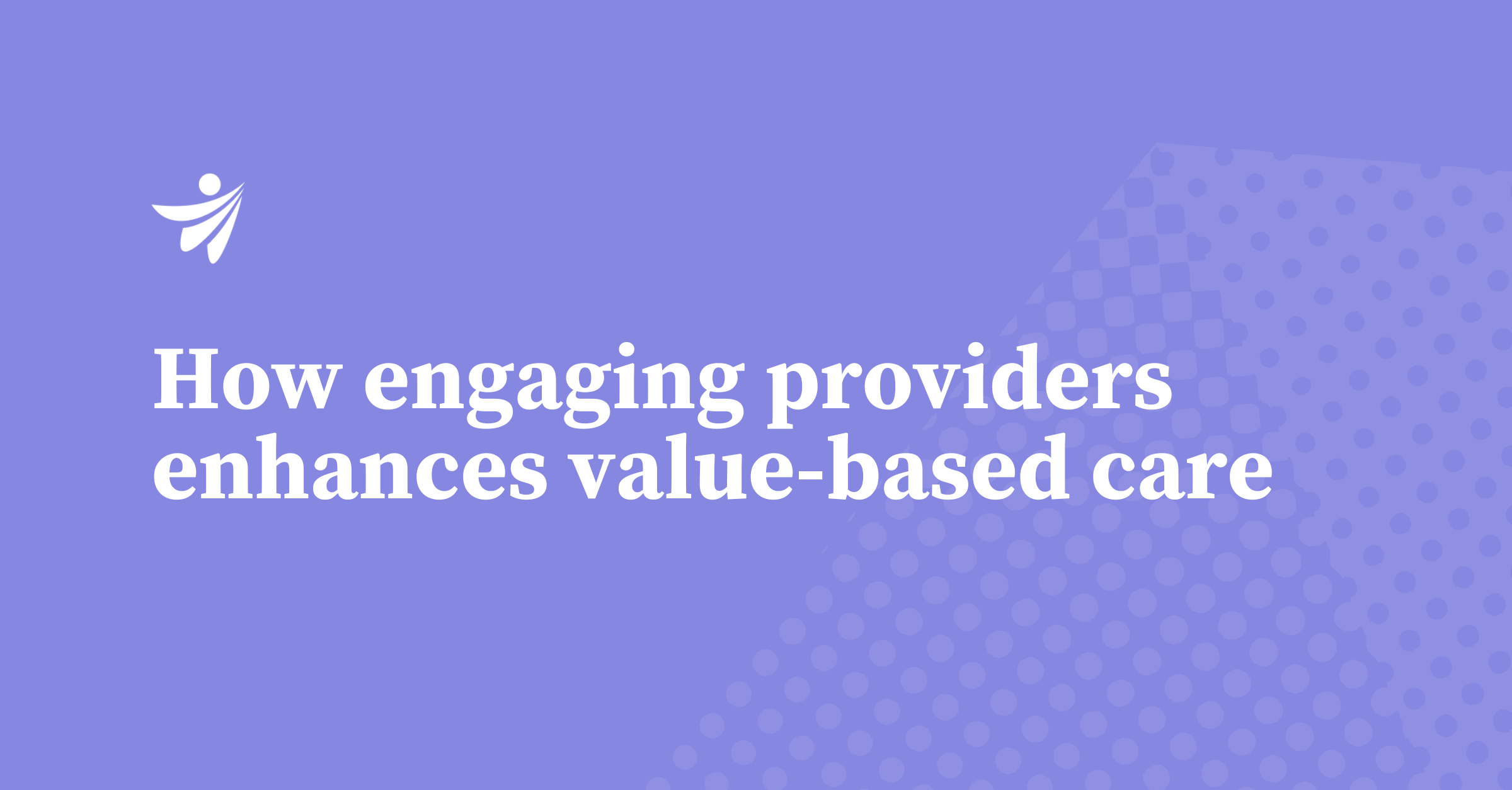
Healthcare Analytics
Jun 20, 2024
Healthcare Analytics | March 19, 2024
With soaring healthcare spending and poor health outcomes posing significant challenges, the healthcare industry is crying out for higher-value care. At the forefront of this revolution is the rising use of various types of healthcare provider data and deep analytics to assess provider performance and build cost-effective, quality networks. Health plans can utilize these resources to navigate the turbulent waters of healthcare cost and quality, ultimately enhancing overall outcomes. The first hurdle to navigate is quality. What is it? While care costs are more straightforward, the notion of quality is complex. According to the National Academy of Medicine, quality healthcare involves many characteristics, including effectiveness, timeliness, and efficiency. Plans may have some healthcare provider data to work with for providers already in-network for some time. Those providers may have other patients that could help fill in the picture on performance. And, what if you need to assess current out-of-network providers to optimize your network or build new ones? This is when more data can help understand the bigger picture of quality—and performance. Threading all these aspects together into a provider comparison to optimize a health plan network requires a deep understanding of data and analytics. Identifying optimal providers necessitates a vast amount of data. There is much work to do, including data collection, cleaning, analysis, and then engaging with providers to put those insights into action. However, many health plans lack the necessary data, analytics systems, or staff capacity to be cost effective, making it challenging to create high-quality networks. The silver lining is that data sources on negotiated rates are readily available. As the industry analyst firm Gartner, points out, health plans: “that extract the data, stored in machine-readable files (MRFs) can use it to derive consumer-facing healthcare actionable insights for a competitive advantage — and strengthen their healthcare organization’s growth position.” These days, sources of insight on provider quality can vary. Health plans should consider not just their data needs, but also the resources and systems required to get answers to their questions from that data. Perfecting the art of comparing providers based on quality performance measures is another challenge. Providers may vary in their patient panel makeup and size. How can you compare a provider with older patients to another with younger and perhaps healthier patients? Are there considerations for inner-city vs. suburban providers? Establishing a way to transparently and fairly assess quality is important to address that patient, setting, and acuity variation and truly understand and compare provider performance. Technology is the key to which health plans can turn to identify high-quality providers—and model the impact of bringing providers into a network, removing providers from a network, and changing provider behavior. Predictive analytics can help determine which providers will be appropriate for meeting member requirements, considering their location, specialization, and availability. Accurate answers often require more and better data. Using large datasets and granular methodologies to address patient/provider encounters opens the ability to use predictive analytics to model the impacts of changes. This involves analyzing historical claims data, previous health outcomes, and patient characteristics to reveal provider patterns. Those insights can help fine-tune networks and benefits and allow health plan provider engagement teams to work with providers and optimize high-quality care delivery. Coupled with negotiated rates, health plans can consider not just procedure-level costsbut the long-term cost of care to design and optimize their networks. By leveraging the power of data and predictive analytics, health plans can advance high-value care with cost-effective, quality providers for superior health outcomes and growth. The strategic use of data optimizes healthcare delivery and paves the way for a stronger and more sustainable health network.Defining healthcare data quality
Understanding healthcare data
Quality of provider healthcare data
Leveraging predictive analytics
Conclusion